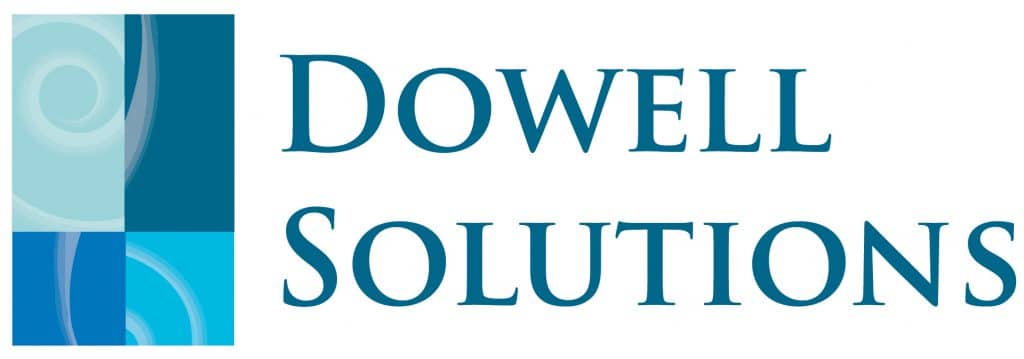Did you know that involving Health and Safety Representatives (HSRs) in your workplace can significantly improve safety outcomes?
Yet, many businesses fail to fully tap into the potential of these representatives, often viewing them as a formality rather than an asset. This blog explores how to integrate HSRs into your workplace effectively, making them a cornerstone of your safety strategy.

What Are Health and Safety Representatives (HSRs)?
Health and Safety Representatives (HSRs) are elected by their peers to advocate for workplace safety. Under the WHS Model Laws 2011, which have been adopted across most jurisdictions in Australia, HSRs have clearly defined responsibilities, including:
- Representing workers on WHS matters.
- Consulting with management about safety concerns.
- Monitoring measures taken by the business to comply with safety obligations.
- Investigating complaints or risks to worker health and safety.
With additional training, HSRs may also issue provisional improvement notices or direct unsafe work to cease. Importantly, the HSR role is voluntary, performed alongside their regular job duties, and not to be confused with a full-time WHS Officer role.
The Benefits of Engaging HSRs
When utilised effectively, HSRs can be a powerful resource in fostering a culture of safety within your organisation. Key benefits include:
- Improved Safety Outcomes: HSRs can identify hazards and propose solutions before they become incidents.
- Enhanced Employee Engagement: Workers often feel more comfortable voicing concerns through a peer representative.
- Strengthened Trust in Safety Processes: Active HSRs demonstrate management’s commitment to employee welfare, encouraging staff buy-in.
Research underscores these benefits:
- A study by the Australian Council of Trade Unions (ACTU) revealed that HSRs who received proper training were more confident in their roles and better equipped to advocate for safety improvements. This led to more frequent and effective safety interventions, ultimately contributing to safer work environments. Australian Unions’ ‘Work Shouldn’t Hurt’ survey of 25,000 workers found that almost 80% of workers with an HSR present reported compliance with health and safety policies, compared to only 51% of workers without an HSR .
How to Support Your HSRs
For HSRs to thrive, they need support from both management and their peers. Here are some practical ways to equip them:
- Provide Formal Training: Ensure HSRs are certified and equipped with skills to perform their duties effectively.
- Grant Access to Resources: This includes the WHS Act, Codes of Practice, internal policies, and safety tools.
- Allocate Time and Resources: Allow HSRs adequate time to perform inspections, participate in meetings, and investigate incidents.
- Encourage Collaboration: Include HSRs in safety committee meetings and consult them on key decisions.
I know firsthand from my clients that many organisations are unsure of how to best utilise and support HSRs.
That’s why I designed and developed the HSR Mapping Tool, a resource to help management identify, discuss, and agree on how HSRs will function in their organisation. The tool guides you through reviewing prompts and selecting applicable actions for your workplace.
Upon completing this process, the outcomes can easily be copied into a memo, policy, or procedure and even included in your employment induction program if you choose.
Download the HSR Mapping Tool for a step-by-step guide on how to effectively utilise the HSR role in your organisation.
Practical Ways to Utilise HSRs in Your Organisation
HSRs can play an active role in building a safer workplace. Here are examples of tasks they can perform:
- Conducting workplace inspections to identify hazards.
- Assisting with incident investigations and risk assessments.
- Reporting hazards and advocating for safer work practices.
- Acting as a communication bridge between management and workers.
- Participating in WHS system audits or presenting safety updates in team meetings.
By delegating these responsibilities, you can create a proactive safety culture while meeting your legal obligations.
Overcoming Common Challenges
Engaging HSRs isn’t without its challenges. Businesses often struggle with:
- Role Clarity: Without clear expectations, HSRs may feel overwhelmed or underutilised.
- Management Buy-In: HSRs need active support from leadership to function effectively.
- Time Constraints: Balancing HSR responsibilities with regular duties can be difficult.
Solutions include:
- Creating clear policies and role descriptions using tools like the HSR Mapping Tool.
- Providing ongoing training and regular feedback sessions.
- Building management awareness of HSR benefits through success stories and data.
Taking Action: Start Engaging Your HSRs Today
Health and Safety Representatives (HSRs) are more than a legislative requirement, they’re an important asset in driving workplace safety. By providing training, resources, and support, businesses can empower HSRs to take an active role in hazard prevention and employee engagement.
Ready to make HSRs a valuable part of your safety strategy?
Download our free HSR Mapping Tool Here and start building a safer, more compliant workplace today!

ABOUT THE Author - Kylie Dowell
Kylie Dowell is a seasoned WHS consultant, trainer, and safety advocate with over 25 years of experience helping Australian businesses create safer, compliant workplaces.
Through her partnership with TEAMS, an accredited Registered Training Organisation, Kylie delivers a wide range of training up to Advanced Diploma level, empowering businesses with the knowledge and skills to manage safety effectively.
As an approved trainer for Health and Safety Representative (HSR) courses by three Safety Regulators, Kylie has guided countless organisations in building stronger safety cultures and fostering healthier work environments.
Specialising in practical and effective safety solutions, she works closely with small and medium-sized businesses to simplify complex WHS requirements, making safety approachable and achievable.
When she’s not delivering high-quality training or conducting ISO 45001-certified audits, Kylie enjoys collaborating with her clients to design tailored workshops and strategies that suit their unique needs.
Ready to make safety simpler? Get in touch with Kylie today for personalised support.

